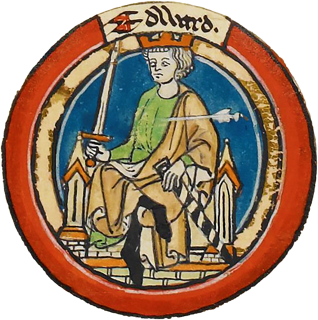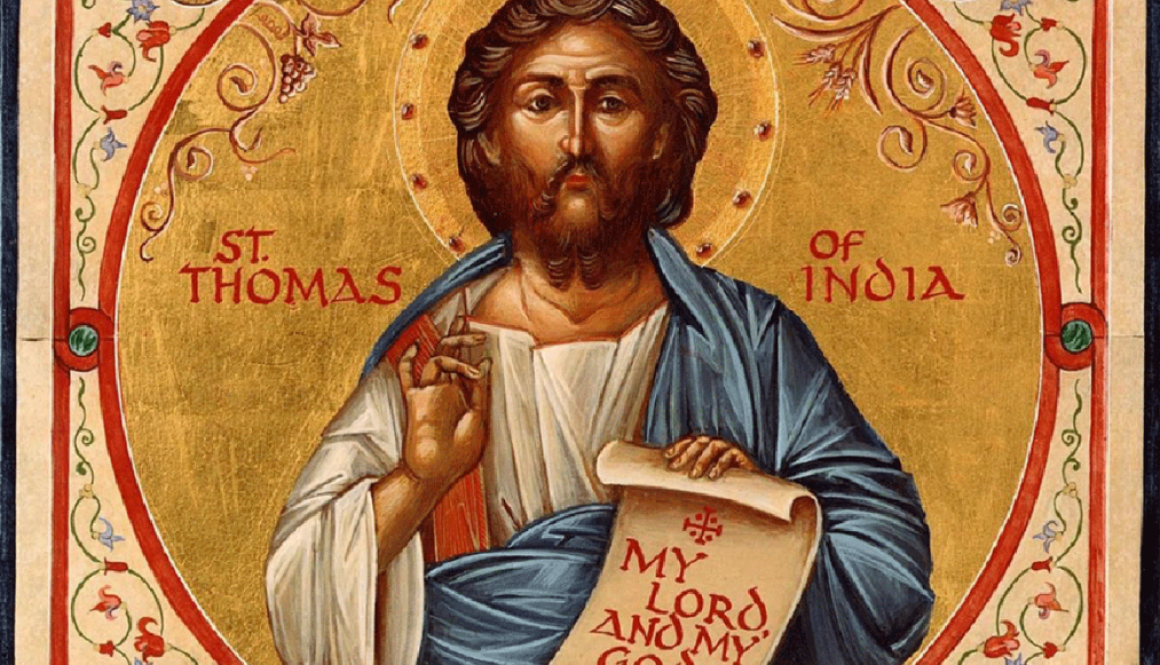The Sunday of the Paralysed Man
Today, following the subject of the Gospel reading is known as the Sunday of the Paralysed Man, or the Paralytic. We have now moved from the immediate aftermath of the Resurrection, and returned to events in the Gospel related to the period of Jesus’s ministry – but always to be seen in the light of the Resurrection. That is true of all of the Gospel narratives. We have received them because of, and we interpret them in the light of the Resurrection. It is the Resurrection that gives substance to everything in the New Testament, whether before or after that momentous event, and had it not been for the Resurrection it is likely that we would never have heard of Jesus. He would simply have been one among many who had lived a good life and delivered some extraordinary teaching. It is unlikely, however, that he would have been considered the founder of a great and, to Christians, the greatest world religion.
Before his ascension, he commissioned his disciples to “Go, and teach ALL nations, baptising in the name of the Father, and of the Son, and of the Holy Spirit, and they did just that, regardless of the personal consequences because they knew, and were convinced, of the truth of the Resurrection, they carried out this commission without deviation, and without fear.
For the next few weeks we take our first readings at the Liturgy from the Acts of the Apostles. In these we see how the Apostles – in the first part of the Acts mainly Peter, and in the second part mainly Paul carried out their commission.
The Book of Acts is unique in the New Testament. It is not a Gospel, but, it is the continuation of a Gospel, and written by St Luke. It is also to be distinguished from the epistles, which are letters (that is the meaning of the word “epistle”) originally addressed either to churches, or to individuals. In early times there were other “Acts” in circulation that never made it into the New Testament. The other type of literature represented in the New Testament is the Apocalypse – the Book of Revelation. The Apocalyptic literature deals with the “Last Things”. Apocalypses were also popular in the first centuries but were, like the other books of Acts, written to uphold the teachings of the many heretical groups which tended to form on the fringes of Christianity.
In today’s reading from the Acts we read of two miracles. We don’t know much of the background to them, or how many years after the Resurrection they occurred. We begin with the statement that Peter has been travelling “here and there”, that is among the Christian communities in Judaea, when “he came down also to the saints that lived at Lydda”. Lydda is about twenty-five miles from Jerusalem to the East, and about twelve miles from the Mediterranean to the West.
In Lydda, Peter found a man called Aeneas, probably a Greek, because this was a Greek name. Aeneas had been bedridden for eight years, because he was paralysed. This sounds very much like a situation not unknown to Jesus himself where a person seems to have been living quietly, resigned to his fate. In such a situation, Jesus took the initiative – as Peter did now. He doesn’t even ask Aeneas if he wants to be healed. He simply says “Jesus Christ heals you; rise and take your bed”. There was no time for Aeneas to argue. He simply did what he was told. After all, for the past eight years he has had to do what he is told within the physical limitations of his paralysis, and he got up. This miracle was a tremendous boost to the church at Lydda. Aeneas seems to have been well known, and when the locals saw and heard what had happened they “turned to the Lord”.
Peter then moved on to Joppa, which is situated on the Mediterranean coast. He went because he was summoned by the church to “come without delay” following the sickness and death of Dorcas, a much loved lady member of their community. She is described as having been “full of good works and acts of charity”. The body has been washed and prepared for burial, being laid in an upper room, awaiting the arrival of Peter.
When Peter arrived he was taken to the upper room where the traditional mourning was taking place, all the widows standing around wailing, and displaying the things that Dorcas had made. Peter did exactly what Jesus had done on an earlier occasion when he raised a child from the dead. He turned the women out of the room so that he could pray quietly. He then turned to Dorcas and, using her Jewish name, said, “Tabitha, rise.” She opened her eyes, saw Peter, and sat up, whereupon Peter gave her his hand, and helped her up from the bed. Calling the saints and widows, he “presented her alive”. The last line of the account is similar to that of the earlier one, when the paralysed man was healed. This “became known throughout all Joppa, and many believed in the Lord.
Now, I know that the Sunday is named after the first of these two miracles, and or course the parallel account of the healing of a paralytic by Jesus, but I would like to say just a few words about the raising of Dorcas.
Peter had been witness to at least one recorded raising of a dead person by Jesus, and he had also been a witness, with the other apostles, to the resurrection of Jesus himself. There would have been no doubt in his mind that this was possible, just as there was no doubt in the minds of the leaders of the Church in Joppa that this was possible, otherwise they would not have sent for Peter.
In those extraordinary days faith was strong, and I have to say that, although we may accept the possibility of some miracles, to most of us the raising of the dead seems to be beyond the bounds of possibility. However, I remember, many years ago, hearing of a mission and revival somewhere in Indonesia where, it was reported, miracles were happening – the sick were cured, and even that the dead were raised.
Many people will accept that for a variety of reasons the sick may be healed, perhaps by the laying on of hands. I have seen this myself. But the raising of the dead seems to be quite beyond the bounds of possibility, so the reports from Indonesia were questioned. The response was that “These are very simple people. They are just too dumb to know what is not possible”. Put another way round what is being said is that we are too sophisticated to believe that this is possible.
There is a true sense that in the early Church, because of the Resurrection of Jesus, death was no longer a reality. Jesus’s resurrection proclaimed the possibility, in due time, of the Resurrection of all. Of course, it is likely that we shall all go through the physical process of dying, and it only seems that in very exceptional circumstances, and to show the power of God, were the dead raised to resume their lives here for a while.
Lazarus, for instance, had two tombs, one at Bethany from which Jesus raised him – and another in Cyprus where his body was finally laid to rest after, as bishop, he died a second time.
We shall, of course, all die in due course, but because of the Resurrection of Jesus we should know that everything has changed. St Peter, the same Peter who raised Dorcas, in his first epistle tells us that, after his death of the cross Jesus went to preach to the spirits in prison. The icon of the Resurrection shows him, having broken down the gates of hell hauling Adam and Eve out of the pit, and although the icon does not depict it there is a countless multitude following them.
In Matthew 27:52, we read that, at the same moment that Jesus died on the cross many bodies of the saints who had died were raised, and coming out of their graves after his resurrection they went into the Holy City and appeared to many. Of course, we may see that report as giving an extra dimension to Jesus’s death and resurrection. This was given as a sign. They did not remain on earth, but would have been taken up into heaven as we may hope that after death we shall also follow.


